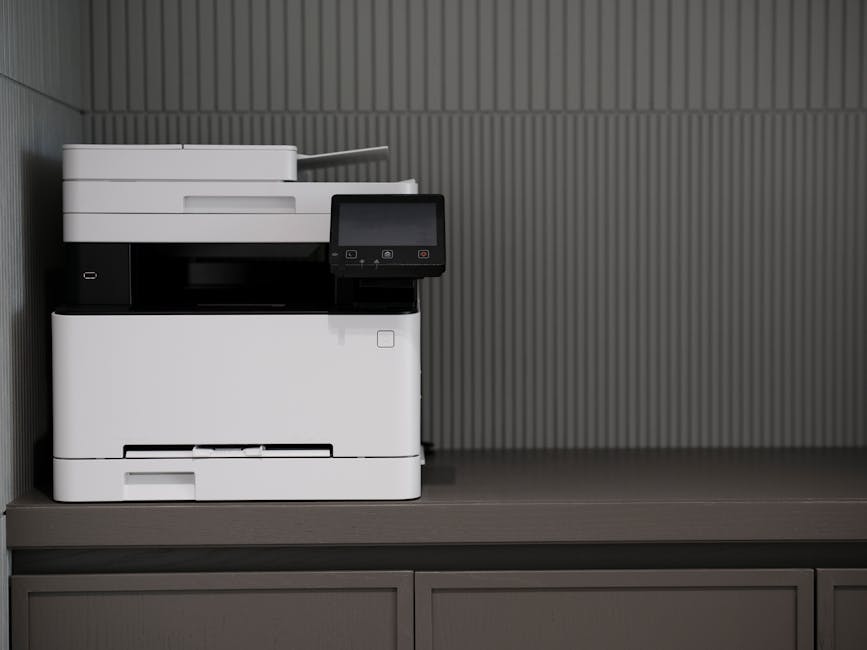Understanding Real Time Inventory Tracking Basics and Importance
Understanding Real Time Inventory Tracking Basics and Importance
Blog Article

In the fast-paced world of inventory management, the ability to monitor stock levels in real-time has become increasingly vital for businesses of all sizes. real-time inventory tracking not only enhances operational efficiency but also improves customer satisfaction by ensuring that the right products are available when needed. This article explores the fundamentals of real-time inventory tracking, its key features, popular software solutions, and practical tips for implementation.
Understanding Real-Time Inventory Tracking: Basics and Importance
Real-time inventory tracking refers to the continuous monitoring and updating of inventory levels as transactions occur. This instantaneous data availability allows businesses to make informed decisions regarding stock levels, order fulfillment, and resource allocation. By adopting a system that facilitates inventory tracking in real-time, organizations can reduce the risk of stockouts or overstock situations, which can lead to lost sales or increased holding costs.
The importance of real-time inventory tracking extends beyond mere stock management. It plays a critical role in enhancing supply chain efficiency, improving sales forecasting, and optimizing operational processes. With accurate and up-to-date information at their fingertips, managers can respond quickly to changes in demand, streamline their ordering processes, and ultimately drive profitability.
Key Features of Effective Real-Time Inventory Tracking Systems
When evaluating options for real-time inventory tracking, businesses should consider several key features that contribute to the effectiveness and reliability of the system:
- Barcode Scanning: This technology allows for quick and accurate data entry, minimizing human error. Scanning barcodes can instantly update inventory levels and provide detailed product information.
- Inventory Alerts: Effective systems notify users of low stock levels or discrepancies, enabling prompt action to mitigate potential issues.
- Reporting and Analytics: Robust reporting capabilities help businesses understand trends, sales patterns, and inventory turnover, facilitating better decision-making.
- Multi-Channel Integration: A good real-time inventory tracking system integrates seamlessly with e-commerce platforms, point-of-sale systems, and supply chain management tools, ensuring that all aspects of inventory management are synchronized.
- User-Friendly Interface: A straightforward interface enhances usability, making it easier for staff to adopt the system and utilize its features effectively.
Top Software Solutions for Real-Time Inventory Management
Several software solutions stand out for their capabilities in real-time inventory management. Here are a few noteworthy options:
- TradeGecko: Known for its user-friendly interface, TradeGecko offers robust features such as multi-channel integration, reporting, and inventory alerts. It is particularly suited for e-commerce businesses.
- Zoho Inventory: This solution provides comprehensive inventory management capabilities, including order fulfillment and tracking. Its integration with other Zoho applications enhances overall business management.
- Fishbowl: Fishbowl is a powerful tool designed for manufacturing and warehousing. It offers extensive reporting features and can integrate with popular accounting software, making it ideal for larger organizations.
- Square for Retail: This platform is particularly effective for retail businesses, providing real-time inventory tracking alongside point-of-sale functionalities. Its simplicity makes it accessible for small to medium-sized enterprises.
Implementing a Real-Time Inventory Tracking System
While the benefits of real-time inventory tracking are clear, implementing such a system can present challenges. Here are some practical tips to ensure a successful transition:
- Conduct a Needs Assessment: Before selecting a system, evaluate your business's specific needs, including the scale of operations and integration requirements.
- Train Your Staff: Educating employees on the new system is crucial. Ensure that they understand how to use the software effectively to maximize its capabilities.
- Start Small: Consider implementing the system in phases. Begin with a specific product line or location to test functionalities before a full-scale rollout.
- Monitor and Adjust: After implementation, continuously assess the system's performance and make adjustments as necessary. Regular evaluations can help identify areas for improvement.
In conclusion, real-time inventory tracking is an essential component of effective inventory management. By understanding its significance, recognizing key features, exploring popular software solutions, and following implementation tips, businesses can enhance their inventory processes, ultimately leading to improved efficiency and customer satisfaction. For more insights into real-time inventory tracking solutions, consider exploring resources available through specialized providers.
Report this page